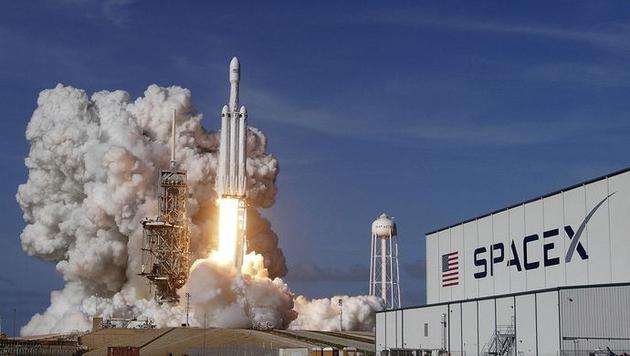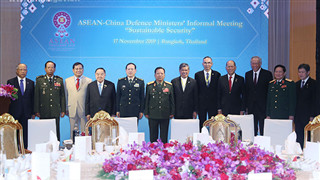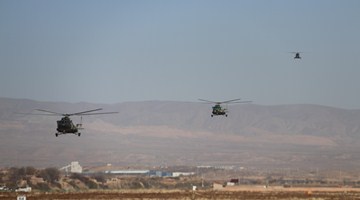
By Song Pengchao
SpaceX sent the second batch of 60 new Starlink satellites to the space with its Falcon 9 rocket on November 11. The company announced in 2015 the Starlink program that will provide the whole world with high-speed network connection by launching satellites, and the communication network may eventually comprise 42,000 communication satellites. Is the Starlink program only intended to provide satellite network services for the world? What will so many satellites do to the space? Today Senior Colonel Shao Yongling, a professor at the PLA Rocket Force Commanding Academy, will help us answer these questions.
In addition to providing global satellite network services, the Starlink satellites also have important military purposes.
Prof. Shao Yongling: We all know that military satellites operate on the low orbits for better communication effects, as the high orbit would affect their performance. By launching a huge number of low-orbit communication satellites to the space through the Starlink program, the US will be able to transit HD images on the battlefield in an almost real-time fashion. As a result, it may no longer need high-orbit satellites and airborne early warning aircraft in the future, but could access various platforms through the Starlink satellites.
Another important function of Starlink satellites is tracking. As we all know, hypersonic weapons fly in the high-level critical space within the atmosphere, where detection and tracing is difficult as high-orbit satellites may be unable to see them, at least not clearly, and ground radars are unable to capture them. But a network comprised of a large number of low-orbit satellites will be very helpful for monitoring hypersonic weapons by tracing them all the way, as long as there are enough of them.
The huge number of Starlink satellites is aimed at all-round coverage and to pre-empt the possibility of derailing of low-orbit satellites.
Prof. Shao Yongling: It is reported that the Starlink program may form a communication network of 42,000 low-orbit satellites in the end. A direct reason for such a huge number of satellites is that the network is aimed at all-round coverage, but low orbit may lead to blind zones. It might take only three geosynchronous orbit satellites to monitor the whole earth without a dead angle, but as for low-orbit satellites, being only 400-500km above earth, there would be blind zones unless there are enough of them. So, this problem has to be made up by quantity. Moreover, the lower the orbit, the more the satellites will be drawn by gravity and they will fall gradually, some even derailed. A solution to this is to launch a large number of satellites to the space, so that the Starlink network won’t be affected even if some satellites are derailed. Therefore, the growing number of satellites is also to deal with satellite derailing, which is commonplace on the low orbit.
Launching such a massive amount of satellites to the space, the US is posing many hazards to astronomical observation, space launch and other activities, and their potential assault ability is also threatening space security.
Prof. Shao Yongling: When we carry out space exploration, the launch of so many satellites is sure to pollute the space and undermine astronomical observation. Besides, so many satellites in space also pose a potential threat to the launch of new spacecraft, and they may create space trash when they fall and derail. All these potential damages brought by the Starlink program deserve close attention.
At present, these small satellites are said to be used to provide internet services, but I believe they will serve more threatening functions in the future as long as the US has such needs. There have been discussions about using small satellites to make attacks and destroy the spacecraft of other countries. The possibility does exist.
Disclaimer: This article is originally published on military.cnr.cn, and is translated from Chinese into English and edited by the China Military Online. The information, ideas or opinions appearing in this article do not necessarily reflect the views of eng.chinamil.com.cn.











